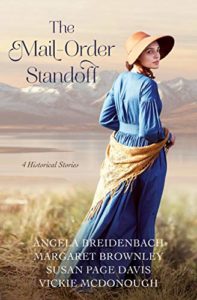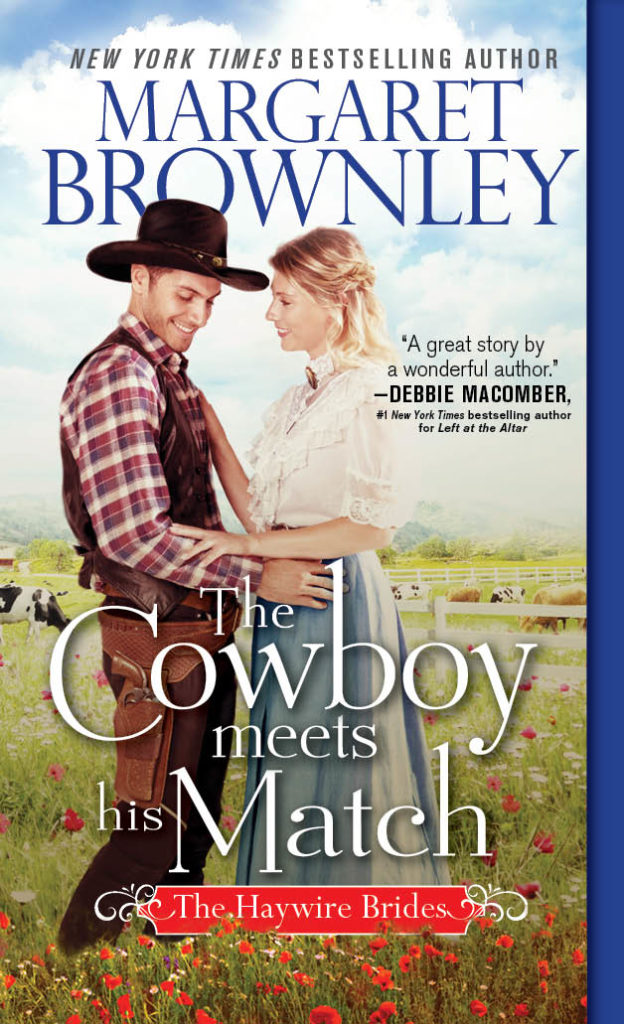
Wanted a Wife
I am looking for a lady to make her my wife as I am heartily tired of bachelor life.
I have a new mail-order bride book out in February. Mail Order Standoff has a fun twist. The brides all get cold feet.
My heroine has a good reason for taking a chance on love, but what about the thousands of other women who’d left family and friends to travel west and into the arms of strangers?
Shortage of Men—and Women
The original mail-order bride business grew out of necessity. The lack of women in the west was partly responsible, but so was the Civil War. The war not only created thousands of widows and grieving girlfriends, but a shortage of men, especially in the south.
As a result, marriage brokers and “Heart and Hand” catalogues popped up all around the country. Ads averaged five to fifteen cents and letters were exchanged along with photographs.
According to an article in the Toledo Blade lonely men even wrote to the Sears catalogue company asking for brides (the latest such letter received was from a lonely Marine during the Vietnam War).
Cultural Attitudes
Marriage was thought to be the only path to female respectability. Anyone not conforming to society’s expectations was often subjected to public scorn. Also, many women needed marriage just for survival. Single women had a hard time making it alone in the East. This was especially true of widows with young children to support.
Women who had reached the “age” of spinsterhood with no promising prospects were more likely to take a chance on answering a mail-order bride ad than younger women.
Not Always Love at First Sight
For some mail-order couples, it was love (or lust) at first sight. In 1886, one man and his mail order bride were so enamored with each other they scandalized fellow passengers on the Union Pacific Railroad during their honeymoon.
Not every bride was so lucky. In her book Hearts West, Christ Enss tells the story of mail-order bride Eleanor Berry. En route to her wedding her stage was held up at gunpoint by four masked men. Shortly after saying “I do,” and while signing the marriage license, she suddenly realized that her husband was one of the outlaws who had robbed her. The marriage lasted less than an hour.
The mail-order business was not without deception. Lonely people sometimes found themselves victims of dishonest marriage brokers, who took their money and ran.
Some ads were exaggerated or misleading. Some men had a tendency to overstate their financial means. Women, on the other hand, were more likely to embellish their looks. The Matrimonial News in the 1870s printed warnings by Judge Arbuckle that any man deceived by false hair, cosmetic paints, artificial bosoms, bolstered hips, or padded limbs could have his marriage nulled, if he so desired.
Despite these mishaps, historians say that most matches were successful.
No one seems to know how many mail-order brides there were during the 1800s, but the most successful matchmaker of all appears to be Fred Harvey. He wasn’t in the mail-order bride business, but, by the turn of the century, five thousand Harvey Girls had found husbands while working in his restaurants.
Under what circumstances might you have considered becoming a mail order bride in the Old West?




Connect with me